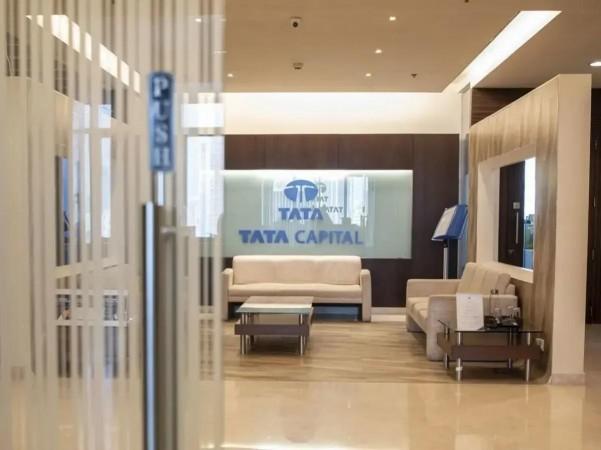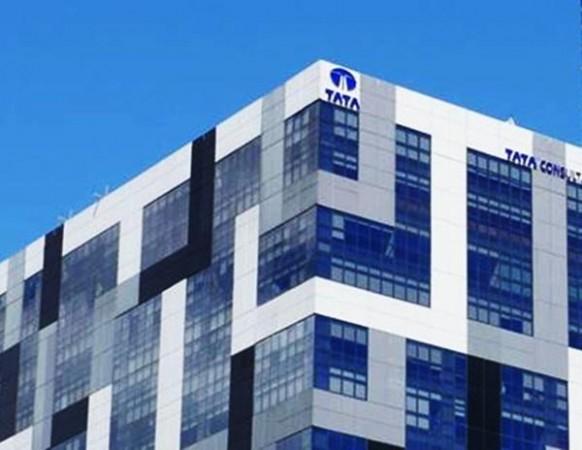
On October 28, Tata Capital in India reported a higher profit for the second quarter, marking its initial earnings report post its public listing. The increase in profit, driven by consistent loan growth, saw the company's consolidated earnings climb to 10.97 billion rupees from 10.76 billion rupees in the previous year. Credit demand in India showed signs of recovery in the July–September quarter, following a period of subdued growth, attributed to a resurgence in consumer spending and a gradual uptick in corporate borrowing.
Anticipations point towards continued robust loan growth in the latter half of the fiscal year, supported by recent tax relief initiatives. Although Tata Capital lags behind key players like Bajaj Finance and Shriram Finance in terms of market capitalization, the lender revealed that revenue from loans extended to retail and corporate clients surged by 12.3% to 75.18 billion rupees. Notably, retail loans constitute 64% of the company's overall assets, underscoring a diversified loan portfolio.

Additionally, Tata Capital saw its interest income grow by close to 12% to reach 69.80 billion rupees, showcasing a solid performance in this segment. Despite a relatively quiet start to trading following its IPO and being valued at 1.4 trillion rupees post strong bids amounting to $2.9 billion, the company's shares have maintained stability on the market. Since the given exchange rate of $1 to 87.8950 Indian rupees, Tata Capital's financial figures and market positioning reflect a positive trajectory post its public listing.
Tata Capital remains optimistic due to the encouraging loan growth and favorable market conditions, indicating a promising outlook for the company's financial performance in the coming months. With a growing focus on retail lending and a sustained interest income, Tata Capital appears well-positioned to capitalize on the evolving economic landscape and emerging opportunities within the financial sector.
As the company continues to navigate the dynamic market environment, its strategic approach and operational efficiency are expected to drive sustained growth and value creation for stakeholders.

















